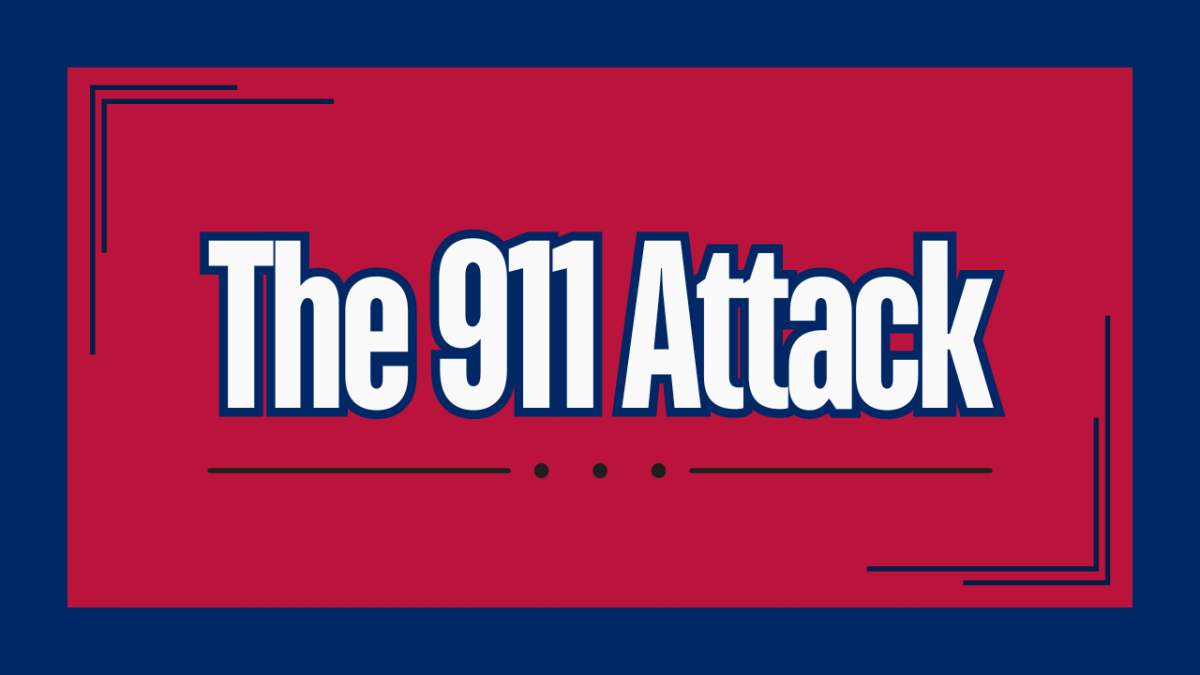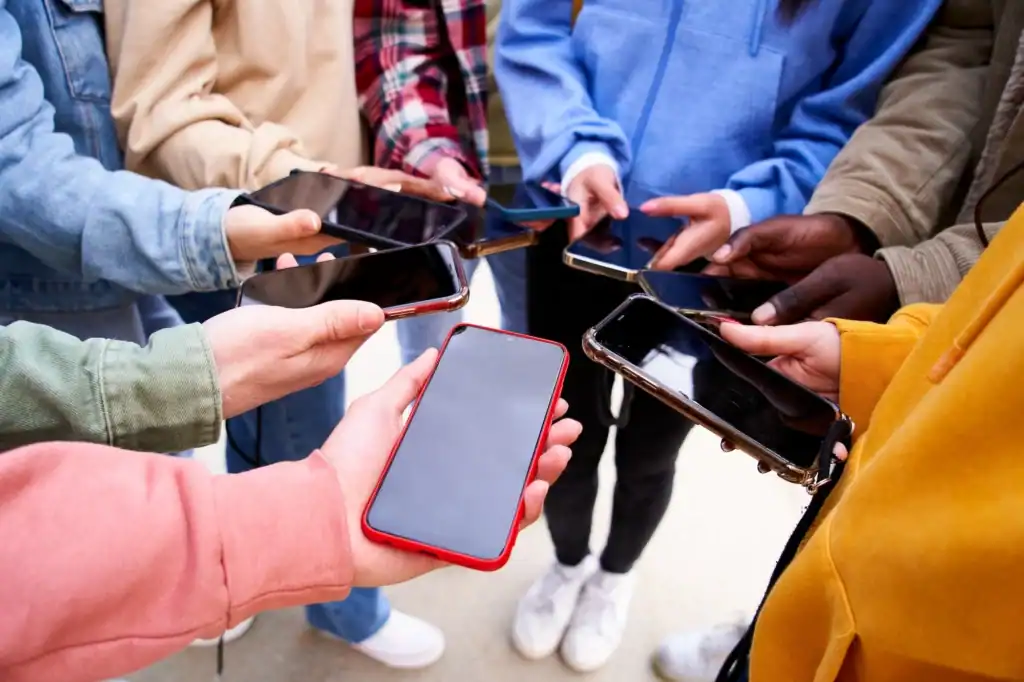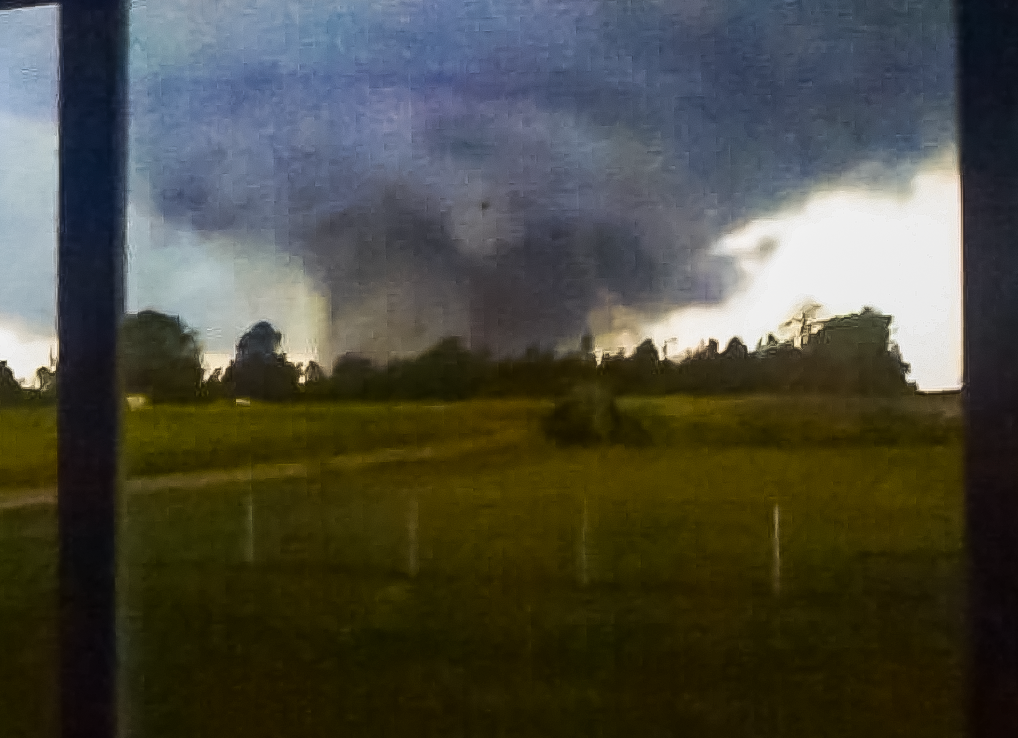Twenty-three years ago on this day, nineteen terrorists participated in an act that left the world speechless. On September 11, 2001, terrorists hijacked four different planes and crashed them into the World Trade Center’s Twin Towers in New York City, the Pentagon, and an empty field in Pennsylvania when passengers attempted to gain control of the plane. The four hijacked planes from United and American Airlines were Flight 11, Flight 175, Flight 77, and Flight 93, respectively.

World Trade Center (North Tower)
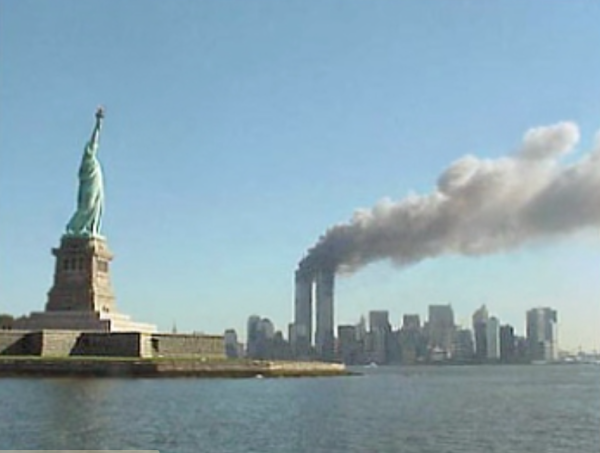
- Flight name: Flight 11
- Number of hijackers: 5
- Departure: Boston Logan International Airport, Massachusetts
- Scheduled destination: Los Angeles International Airport, California
- Takeoff: 07:59 AM
- Flight 11 crashed into North Tower floor 93 ~ floor 99 (8:46 AM)
- North Tower collapsed at 10:28 AM
World Trade Center (South Tower)
- Flight name: Flight 175
- Number of hijackers: 5
- Departure: Boston Logan International Airport, Massachusetts
- Scheduled destination: Los Angeles International Airport, California
- Takeoff: 08:14 AM
- Flight 175 crashed into South Tower floor 77 ~ floor 85 (9:03 AM)
- South Tower collapsed at 9:59 AM
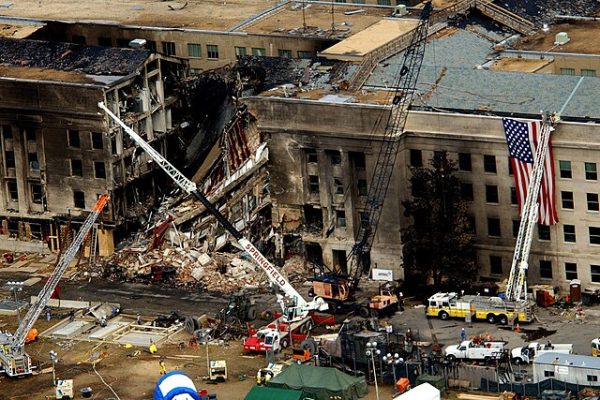
The Pentagon
- Flight name: Flight 77
- Number of hijackers: 5
- Departure: Washington Dulles International Airport, Virginia
- Scheduled destination: Los Angeles International Airport, California
- Takeoff: 08:20 AM
- Flight 77 crashed into the Pentagon (9:37 AM)
Shanksville, Pennsylvania:
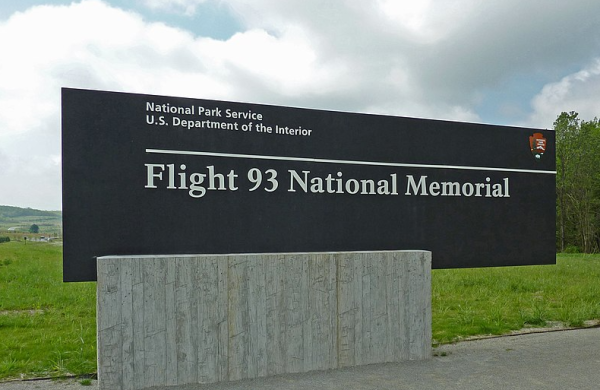
- Flight name: Flight 93
- Number of hijackers: 4
- Departure: Newark International Airport, New Jersey
- Scheduled destination: San Francisco International Airport, California
- Takeoff: 08:42 AM
- Flight 93 was turned southeast near Cleveland, Ohio, and turned toward Washington D.C.
- After hijackers took control of the plane, passengers called from Airfones* and learned of the other hijacked planes
- The passengers then tried to break into the cockpit until the plane nose-dived into a plain field area in Stonycreek Township, Pennsylvania (10:03 AM)
*Airfone: a wired phone found on airplanes, provides the service to call from flights.
Consequence:
- Nearly 3,000 deaths
- Blades being banned on flights
- Screening of every baggage at security
Interviews
Cardinal Nation got the memories of two staff members on their memories of that day.
Interview #1
Q: How did you learn about 9/11?
A: “I had just passed out a test at that moment when there was an announcement over the loudspeaker in the back of the classroom that we’d just been attacked. A girl’s mom was in New York and she started crying. I had my students turn their tests back and we had a moment of silence with our heads down. The test was moved to the next day.”
Q: What was the first thought that came to your mind when this happened?
A: “I thought of my family, where my husband was, I thought about my child, who was in preschool at that time.”
Q. What do you think has changed since then?
A: “The security at airports, and I’m now more aware of my surroundings, you know, looking out for signs and all that stuff.”
Interview #2
Q: How did you learn about 9/11?
A: “During my off-period in early 5-6, I went to the Main Office to confirm a field trip I was supposed to take some students on later that morning. At that point in the morning, both planes had struck the World Trade Center within the last 30 minutes during my previous class. Instead of hearing the usual light music over the main office speakers, the radio was broadcasting concerned descriptions of the events in New York. That was the first time I was aware that something was happening in the country. Some of my World Affairs students (a class now called Contemporary World Issues) and I were scheduled to go to the City Club of Cleveland downtown and hear then WKYC news anchor and National Guard member Tim White discuss ‘The Importance of World Events on Local News.’ Suffice it to say, that trip did not happen, as the City of Cleveland was largely evacuating all of its downtown buildings amongst uncertainty over how many planes might still be out there and where they could be headed. Indeed, the plane that crashed in Shanksville, PA was hijacked while it was over Cleveland air space.”
Q: What was the first thought that came to your mind when this happened?
A: “The reports I was hearing on the radio confused me, and a secretary (now retired) told me that a plane had struck the World Trade Center. There was a room that was our audio-visual room with carts of televisions at that time. It is now one of our Unit Offices near the lower A-Lecture. The secretary said that several teachers were watching footage on the news and that I should go check it out. I immediately walked down there and saw several sober-looking teachers watching footage from New York. I looked in time to see a replay – for a distance – of the second plane hitting the second tower with the first tower already on fire. The instant I saw that video, I—and the rest of the country—knew that 1) this was not a bizarre accident, but a terror attack unfolding of nightmarish proportions, and 2) based on what I knew of world events, I immediately thought ‘Osama bin Laden.’ His responsibility for the events of 9/11 was obvious to me immediately, and the rest of the country would soon learn that he and his group of terrorists known as Al Qaeda were indeed responsible.”
Q: What do you think has changed since then?
A: “There is no doubt that the entire security structure of the United States—from airport security to everyday surveillance cameras everywhere you go—has changed. The American people accept much more government intrusion into their privacy than they ever would have accepted prior to 9/11. Our standing around the world definitely changed after we immediately responded to the attacks with an invasion of Afghanistan to hunt down bin Laden the following October 7. The world was almost completely unanimous in its support for the United States early on – an almost unprecedented thing—but that support fractured as the war in Afghanistan bogged down and we followed it up with an invasion of Iraq. Untold blood and treasure were spent on both of those wars, with the losses including at least three Mentor alums – including one of my former students – losing their lives as a direct result of their Iraq service. The Wall of Freedom now opposite our main office and music wing resulted from my suggestion and was a direct result of their service and the efforts of the school to commemorate it, and I was part of the committee that refurbished it. But perhaps most importantly, a certain degree of comfort that the American people enjoyed, thinking that our two oceans and relatively limited borders with other nations would largely protect us from attack by our enemies. 9/11 dispensed with that idea immediately and is a forever wound on our national psyche, much like the attack on Pearl Harbor in 1941, and it lingered in the minds of all who were alive then as every American can say exactly where they were when they first heard the news, just as with the Kennedy assassination in 1963. It was a national car crash.”

